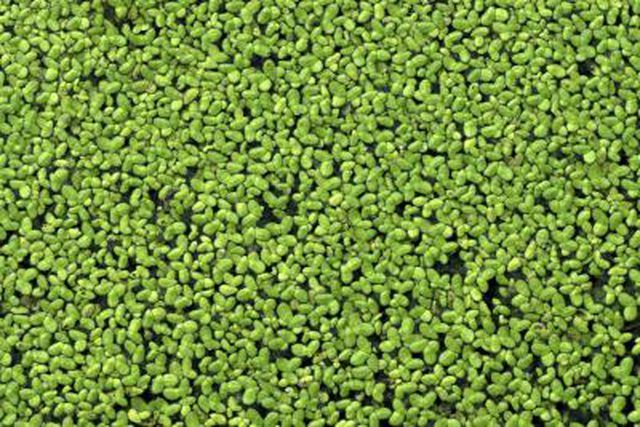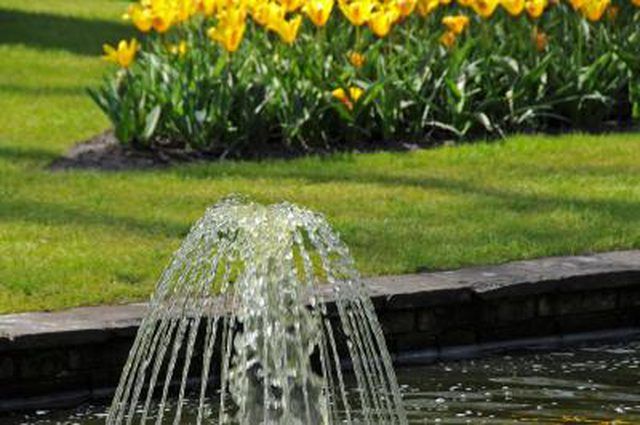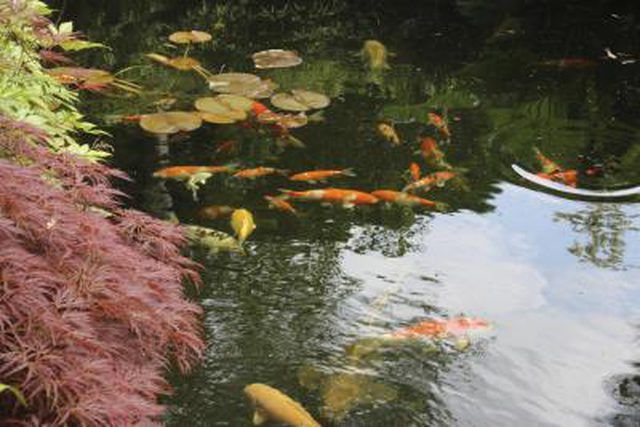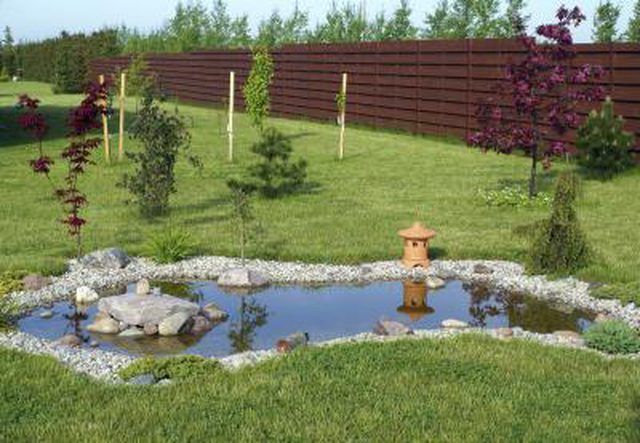Bulbs
Flower Basics
Flower Beds & Specialty Gardens
Flower Garden
Garden Furniture
Garden Gnomes
Garden Seeds
Garden Sheds
Garden Statues
Garden Tools & Supplies
Gardening Basics
Green & Organic
Groundcovers & Vines
Growing Annuals
Growing Basil
Growing Beans
Growing Berries
Growing Blueberries
Growing Cactus
Growing Corn
Growing Cotton
Growing Edibles
Growing Flowers
Growing Garlic
Growing Grapes
Growing Grass
Growing Herbs
Growing Jasmine
Growing Mint
Growing Mushrooms
Orchids
Growing Peanuts
Growing Perennials
Growing Plants
Growing Rosemary
Growing Roses
Growing Strawberries
Growing Sunflowers
Growing Thyme
Growing Tomatoes
Growing Tulips
Growing Vegetables
Herb Basics
Herb Garden
Indoor Growing
Landscaping Basics
Landscaping Patios
Landscaping Plants
Landscaping Shrubs
Landscaping Trees
Landscaping Walks & Pathways
Lawn Basics
Lawn Maintenance
Lawn Mowers
Lawn Ornaments
Lawn Planting
Lawn Tools
Outdoor Growing
Overall Landscape Planning
Pests, Weeds & Problems
Plant Basics
Rock Garden
Rose Garden
Shrubs
Soil
Specialty Gardens
Trees
Vegetable Garden
Yard Maintenance
How to Get Rid of Duckweed in a Pond
How to Get Rid of Duckweed in a Pond. A dense carpet of duckweed (Lemna minor) can cover the entire surface of a small backyard pond, making it hard to grow other pond plants. It grows in U.S. Department of Agriculture plant hardiness zones 4 through 10. Duckweed clogs pond filters, blocks sunlight, and it's considered highly invasive because it...
A dense carpet of duckweed (Lemna minor) can cover the entire surface of a small backyard pond, making it hard to grow other pond plants. It grows in U.S. Department of Agriculture plant hardiness zones 4 through 10. Duckweed clogs pond filters, blocks sunlight, and it's considered highly invasive because it spreads easily to natural lakes and waterways. Getting rid of this problem plant is best done using a combination of control methods.

Skimming the duckweed from the water controls the plant in a small backyard pond if it's done regularly, but it's hard to eradicate duckweed entirely by skimming alone. Use skimmer nets with a fine mesh, such as the type used to clean swimming pools, for small ponds. For larger ponds, skim on a windy day when the duckweed is pushed against the sides of the pond. Repeat the process as often as necessary to keep the duckweed under control. You can use removal on its own to manage duckweed, or you can combine removal with other methods in an attempt to get rid of it completely.

Dissolved nitrogen in the water can cause the explosive growth of duckweed. Minimizing lawn fertilizer runoff into the pond and keeping the pond free of decomposing plant materials helps prevent duckweed growth. Poor filtration in small ponds that contain fish can also lead to nitrogen buildup. Duckweed grows best in still water, primarily because still waters allow organic sediment to build up and release more nitrogen. Using a bubble aerator to keep the water moving, along with a filter, if the pond contains fish, can reduce or inhibit duckweed growth.

Some fish naturally eat duckweed. Although fish won't usually eradicate a severe duckweed infestation, they can keep the plants in check. Colorful koi work well for ponds over 1,000 gallons and goldfish might work for smaller ponds. Remove most of the duckweed manually before introducing fish to your pond, or add koi in early spring before the duckweed begins to flourish. Occasional manual removal is still necessary if the fish cannot keep up with the growth of the duckweed.

If possible, avoid using chemicals in your backyard pond. If you must use a herbicide, a contact herbicide that contains diquat works well because it only affects the plants it comes in direct contact with. Dilute 1 part of the herbicide with 50 parts water in a spray bottle, or follow label mixing instructions. Drench the duckweed with the spray, applying again every two weeks until the duckweed is gone.
